
Mint, with its refreshing and distinctive flavor, has long been a favorite herb in culinary creations and various beverages. However, there are instances when you might find yourself without fresh mint leaves or dried mint leaves. Fear not! In this post, we will explore a range of alternatives and substitutes that can still lend that delightful minty flavor to your dishes.
Whether you’re looking for options to replace mint in savory dishes or seeking substitutes for mint in refreshing beverages like mint tea, I’ve got you covered.
What Exactly is Mint
Mint is a popular herb known for its aromatic and refreshing properties. It belongs to the Mentha genus and is a member of the Lamiaceae, or mint family, which includes various other herbs like basil, rosemary, and oregano. Mint plants typically have square-shaped stems, opposite leaves, and small, delicate flowers.
Varieties of Mint
There are several different species of mint, with the most common ones being peppermint (Mentha x piperita) and spearmint (Mentha spicata). Peppermint has a strong, cooling flavor with a hint of sweetness, while spearmint offers a milder, sweeter taste. Other mint varieties include apple mint, chocolate mint, and pineapple mint, each possessing its unique flavor characteristics.

What are the Uses of Mint?
Mint has a long history of culinary and medicinal use. It is widely utilized in cooking, where its leaves are prized for their ability to add a fresh and vibrant taste to a variety of dishes. Mint is commonly used in both sweet and savory recipes, ranging from beverages like mint tea and mojitos to salads, sauces, and desserts. It pairs well with ingredients like lemon, cucumber, lamb, chocolate, and fruits such as berries and melons.
Mint and Its Health Benefits
Beyond its culinary applications, mint is also valued for its potential health benefits. It is often used in herbal remedies and aromatherapy due to its soothing properties. Mint is believed to aid digestion, relieve headaches, alleviate respiratory congestion, and provide a cooling sensation when applied topically.
Where to Find or Buy Mint
Mint can be found and purchased in various places, both fresh and dried, depending on your preference and needs. Here are some common places to find and buy mint:
- Grocery Stores: Most grocery stores carry fresh mint in the produce section. Look for mint alongside other fresh herbs like basil, cilantro, and parsley. It is often sold in small bunches or packaged in clamshell containers. Dried mint may also be available in the spice aisle.
- Farmers’ Markets: Farmers’ markets are excellent places to find fresh herbs, including mint. Local farmers and vendors often offer a wide selection of fresh produce, including different mint varieties. Shopping at farmers’ markets supports local growers and provides access to high-quality, freshly harvested mint.
- Nurseries and Garden Centers: If you enjoy gardening or want a more sustainable option, consider growing your own mint. Nurseries and garden centers typically sell potted mint plants, allowing you to have a constant supply of fresh mint leaves. Mint is relatively easy to grow and can thrive in both garden beds and containers.
- Online Retailers: Many online retailers specialize in selling herbs, including mint. You can find both live mint plants and dried mint leaves on various websites. This option provides convenience, especially if you’re looking for specific mint varieties or if fresh mint is not readily available in your area.
- Specialty Stores: Specialty stores such as natural food stores, health food stores, or stores focusing on herbs and spices often carry a wide range of fresh and dried herbs, including mint. These stores may offer organic or specialty varieties of mint that you may not find in regular supermarkets.
- Ethnic Grocery Stores: Mint is widely used in many cuisines around the world, so checking out ethnic grocery stores can be a great way to find fresh mint leaves. Middle Eastern, Mediterranean, Indian, and Southeast Asian markets often have a great selection of mint, catering to the flavors of their respective cuisines.
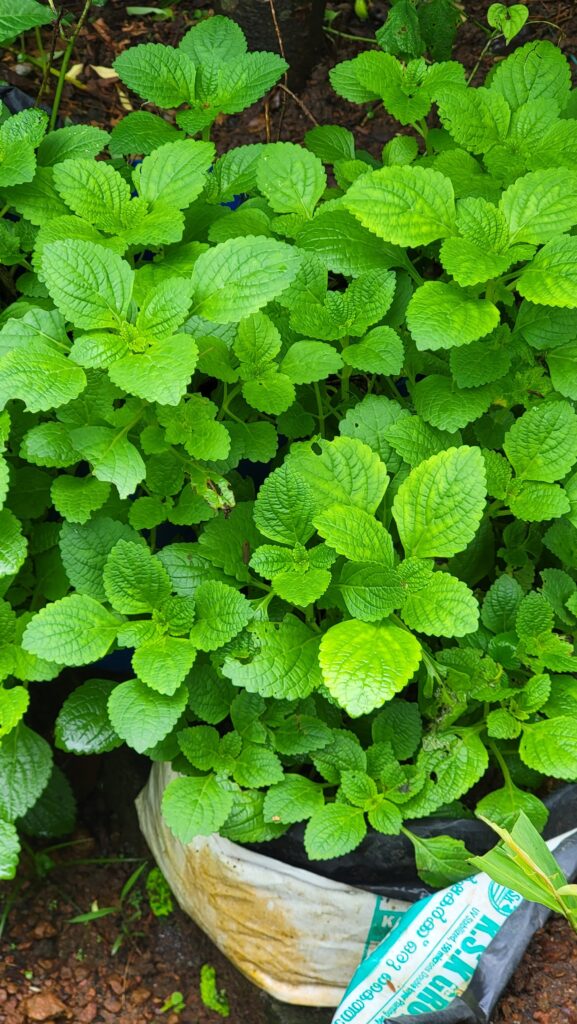
How to Use Mint: Recipe Ideas
Mint is a versatile herb that I love to use in many recipes. It can be used in various ways to add flavour, fragrance, and a refreshing element to your culinary creations. Here are some of my favourite recipes that use mint!
- Fresh Mint Leaves in Salads: Add a handful of fresh mint leaves to salads for a burst of freshness. Mint pairs well with ingredients like cucumber, tomatoes, watermelon, feta cheese, and citrus fruits. Tear or chop the leaves and toss them into your salad just before serving. Try this Grilled Watermelon Salad!
- Mint in Beverages: Mint is widely used in beverages to provide a cooling and refreshing taste. You can make mint-infused water by adding fresh mint leaves to a pitcher of water and letting it steep for a few hours. Mint is also a key ingredient in classic drinks like mint lemonade or even this Mojito Milkshake.
- Mint in Cocktails: Mint can elevate the flavor of cocktails, giving them a vibrant and herbaceous twist. Muddle a few mint leaves with sugar and lime juice in a glass, then add your preferred spirit, such as rum or vodka, along with ice and other ingredients to create a refreshing cocktail. You can also try this Cucumber and Mint Spritz.
- Mint in Desserts: Mint can add a delightful flavor to desserts. Use mint leaves to make a mint-flavored syrup or sauce that can be drizzled over cakes, ice cream, or fruit salads. You can also infuse cream or milk with mint to create a minty base for ice cream, custards, or mousse. Try this Blueberry, Lemon and Mint Loaf.
- Mint in Savory Dishes: Mint can be used in savory dishes to add a fresh and herbaceous note. It complements well with lamb, chicken, fish, and vegetables. Finely chop mint leaves and sprinkle them over roasted vegetables, grilled meats, or use them as a garnish for soups and stews. Try this Grilled Chicken with a Summer Garden Sauce.
- Mint in Dressings and Sauces: Mint can be incorporated into dressings, sauces, and dips to enhance their flavor. Blend fresh mint leaves with ingredients like yogurt, garlic, lemon juice, and olive oil to make a delicious minty sauce for kebabs, roasted vegetables, or falafel. Try this Fresh Mint Dressing, or this Yogurt Mint Sauce.
- Mint in Tea: Mint tea is a popular herbal infusion known for its soothing properties and refreshing taste. Steep fresh mint leaves in hot water for a few minutes, strain, and enjoy a calming cup of mint tea. You can also mix mint leaves with other herbs like chamomile or lemon verbena for added flavor complexity. Try this Easy Mint Tea Recipe.
- Mint as a Garnish: Sprinkle fresh mint leaves over dishes just before serving as a fragrant and visually appealing garnish. It adds a pop of green color and enhances the overall presentation of your meals.
Expert Tip
Handle mint gently to preserve its delicate flavor and aroma. Rinse the leaves and pat them dry before using. You can tear or chop the leaves depending on your preference and the recipe’s requirements.
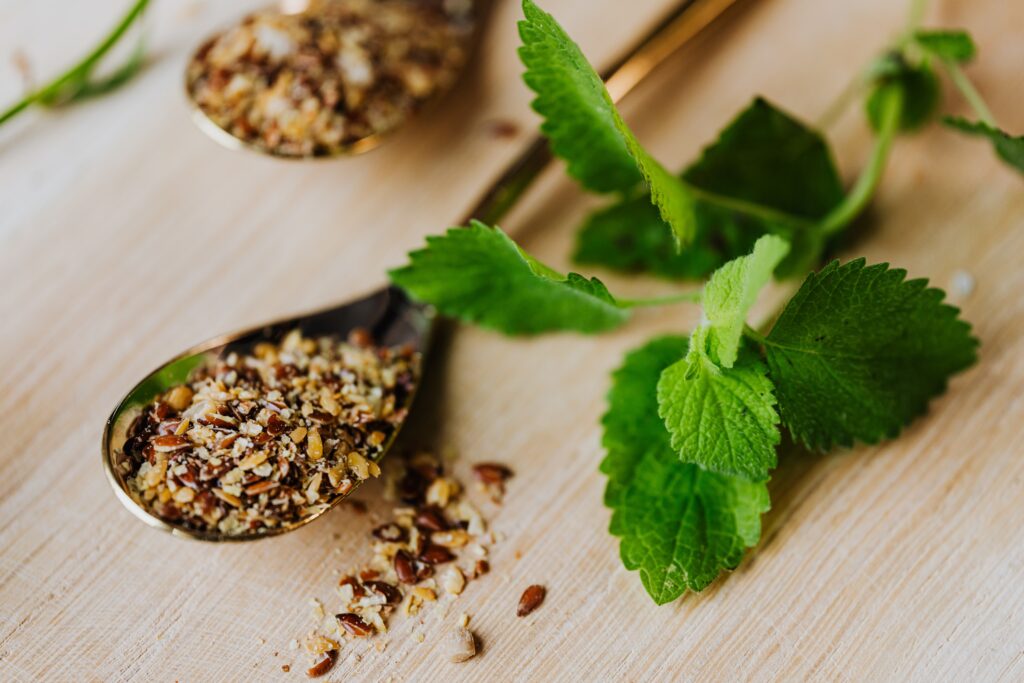
The Top Substitutes for Mint
Fresh Mint Substitutes
- Basil: Basil is a herb with a slightly sweet and peppery flavor that can work as a substitute for mint in certain recipes. While it won’t replicate the exact taste of mint, it can provide a refreshing element. Use it sparingly and adjust the quantity based on the recipe and your personal preference.
- Cilantro: Cilantro, also known as coriander leaves, can be used as a substitute for mint, especially in savory dishes. While the flavor is different from mint, cilantro offers a fresh and vibrant taste that can complement various cuisines. It works well in salsas, salads, and marinades.
- Lemon Verbena: Lemon verbena leaves have a citrusy and floral flavor that can bring a similar refreshing element to recipes as mint. It can be used as a substitute in teas, desserts, and savory dishes. Use a few leaves to infuse the desired flavor into your recipe.
- Lemon Balm: Lemon balm leaves have a lemony aroma and a mild minty flavor. While not as intense as mint, lemon balm can still provide a refreshing touch to dishes. It works well in salads, beverages, and desserts.
- Rosemary: Rosemary is an herb with a strong and distinctive flavor that can be used as a substitute for mint in certain savory recipes. Use it sparingly, as its flavor can be overpowering. Rosemary pairs well with roasted meats (like this Grilled Turkey recipe), potatoes, and root vegetables.
Dried Mint Substitutes
- Spearmint Leaves: Spearmint leaves, whether fresh or dried, can be used instead of dried mint. Spearmint has a slightly sweeter and milder flavor compared to peppermint. Use the same amount of spearmint leaves as the recipe calls for dried mint.
- Basil: While basil doesn’t taste exactly like mint, it can provide a fresh and herbaceous flavor to recipes. It can work as a substitute in some dishes, particularly in savory recipes. Adjust the quantity based on your taste preferences and the recipe requirements.
- Herb Blends: In some cases, using a combination of herbs can help achieve a similar flavor profile to dried mint. Consider using herb blends like Italian seasoning or herbes de Provence, which may contain herbs like basil, oregano, marjoram, and thyme, to add a hint of minty freshness to your dishes.
Mint Extract Substitutes
- Fresh Mint Leaves: Fresh mint leaves can be used as a substitute for mint extract. The flavor of fresh mint is more vibrant and aromatic, so you may need to use a larger quantity. Chop or crush the leaves before adding them to your recipe. Use approximately three times the amount of fresh mint leaves as the recipe calls for mint extract.
- Peppermint Extract or Peppermint Oil: Peppermint extract or peppermint oil can be used in place of mint extract. They offer a strong minty flavor. Start with a small amount, such as 1/4 teaspoon, and adjust based on taste. Keep in mind that these extracts and oils are highly concentrated, so use them sparingly to avoid overpowering the dish.
- Fresh Spearmint Leaves: Spearmint leaves can also provide a minty flavor similar to mint extract. Use fresh spearmint leaves in the same way as fresh mint leaves, using approximately three times the amount as the recipe calls for mint extract.
- Peppermint Tea: If you have peppermint tea bags or loose peppermint tea leaves, you can use them as a substitute for mint extract. Steep the tea in hot water according to the instructions, then use the brewed tea as a flavorful liquid in your recipe. Adjust the quantity based on taste and the recipe’s requirements.
- Peppermint Candy or Peppermint Patties: In some recipes, crushed peppermint candy or chopped peppermint patties can provide a minty flavor. These can be added to baked goods, desserts, or beverages, adding both sweetness and mintiness to the recipe. Adjust the quantity based on taste and the desired level of mint flavor.

Frequently Asked Questions
Can I substitute mint for parsley?
While mint and parsley have different flavor profiles, you can substitute mint for parsley in certain recipes depending on your preference and the desired outcome. Mint will introduce a distinct and refreshing flavor with a subtle sweetness, which can add a unique twist to your dish. However, it’s important to consider whether the minty taste will complement the other ingredients and the overall flavor profile you’re aiming for. Mint is commonly used in both sweet and savory dishes, making it a versatile option for substitution. Experiment with small quantities of mint as a replacement for parsley to gauge the impact on the dish and adjust according to your taste preferences.
When a recipe calls for mint what kind do you use?
When a recipe calls for mint, the specific type of mint you use will depend on personal preference and the desired flavor profile of the dish. The most common types of mint used in culinary applications include spearmint and peppermint. Spearmint has a slightly sweet and mild flavor, making it versatile for both sweet and savory recipes. Peppermint, on the other hand, has a stronger and more menthol-like taste, often associated with classic mint flavors. It pairs well with chocolate and can add a refreshing twist to desserts and beverages. Experiment with both types to discover which mint variety best complements your dish.
What spices are similar to mint?
When seeking spices similar to mint, a few options come to mind. While no spice can exactly mimic mint’s distinct flavor, there are some that share certain characteristics or provide a comparable refreshing quality. Basil, with its mild sweetness and herbaceous notes, can offer a similar freshness to dishes. Lemon verbena brings a citrusy and floral aroma, providing a bright and aromatic element akin to mint. Lemon balm, with its lemony scent and mild mint-like taste, can also contribute a fresh and uplifting flavor. Though not a perfect match, these spices can still add a touch of invigorating zest to your culinary creations.
Conclusion
While fresh mint leaves and dried mint leaves undoubtedly offer a unique and refreshing taste to your dishes, there are numerous substitutes available to ensure you don’t compromise on flavor. From fresh herbs like basil and parsley to extracts such as peppermint or mint flavorings, there are plenty of options to choose from based on your specific culinary needs. Next time you find yourself without fresh mint, feel confident in experimenting with these alternatives and continue creating delicious recipes that still capture the essence of mint’s distinctive flavor.

Christopher is a food and lifestyle expert, recipe developer and the content creator behind May Eighty Five. With years of experience in the kitchen, he also shares tips, tricks and how to’s that he has learnt over the years. Every week, he shares quick, simple and mostly healthy recipes along with some home and entertaining tips. You will find flavorful cocktails, delicious appetizers, tasty mains and some indulgent desserts. As a home decor enthusiast, he also likes to share simple DIY projects and simple tips for a beautiful home.


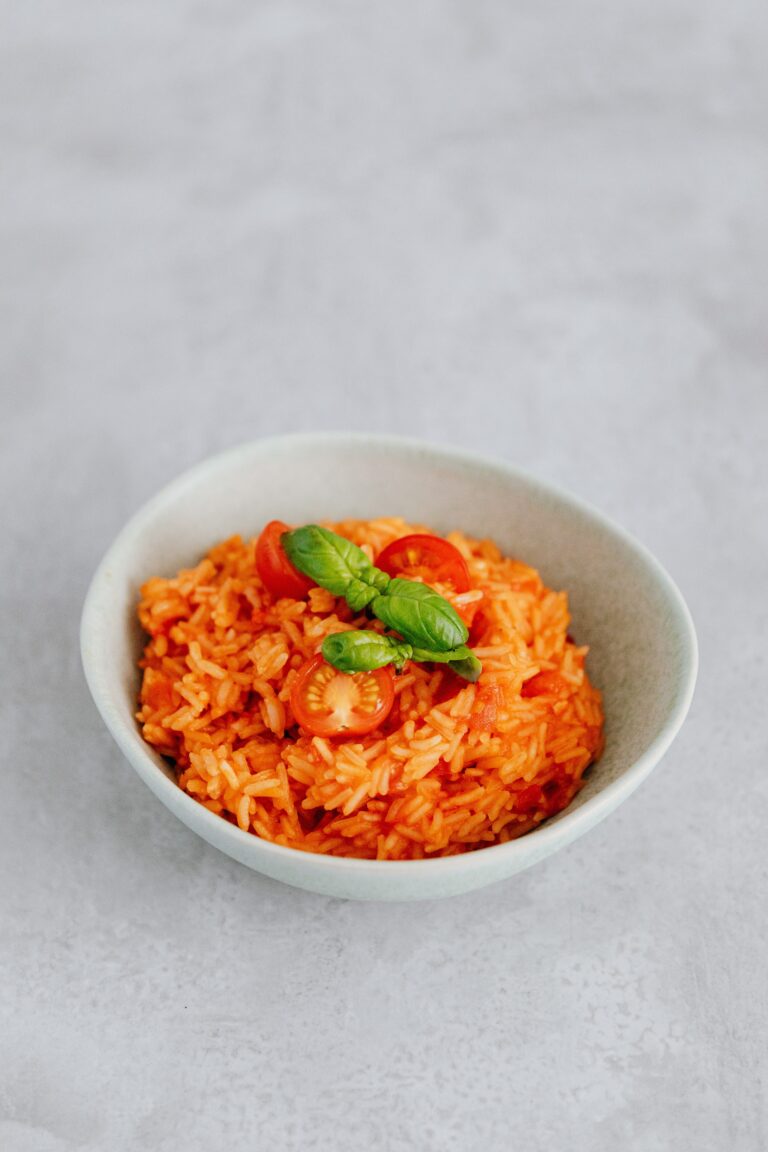
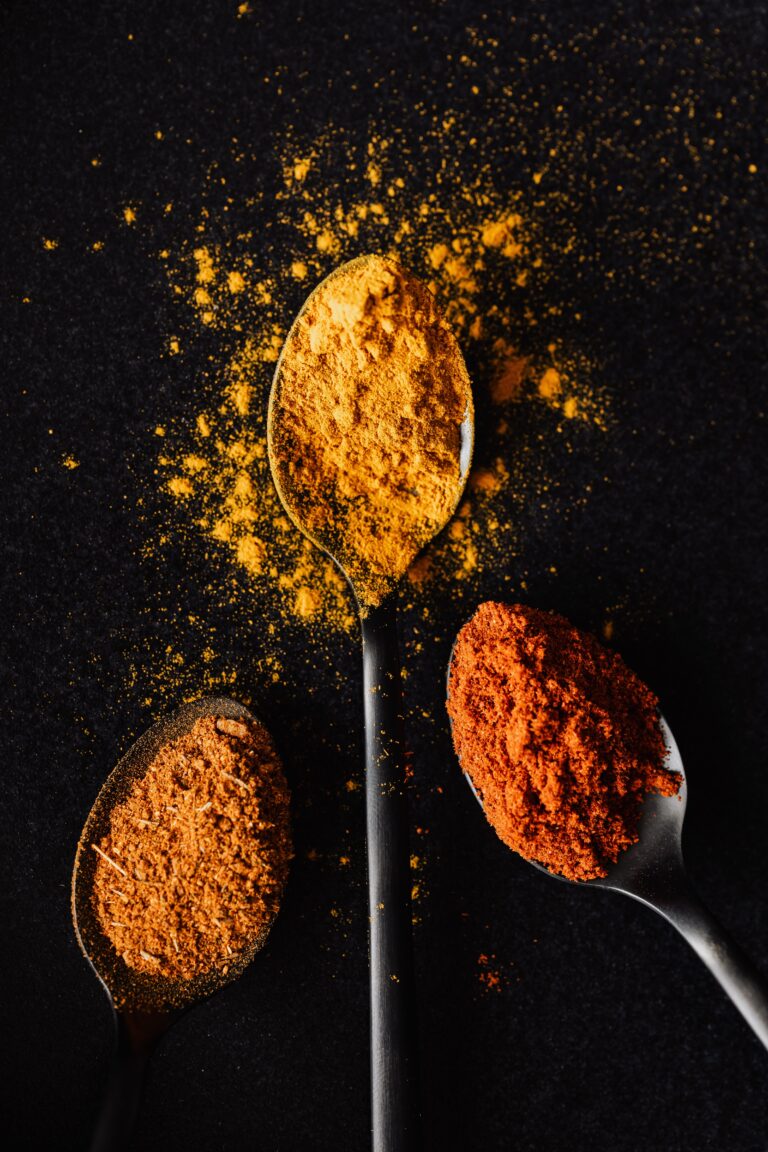
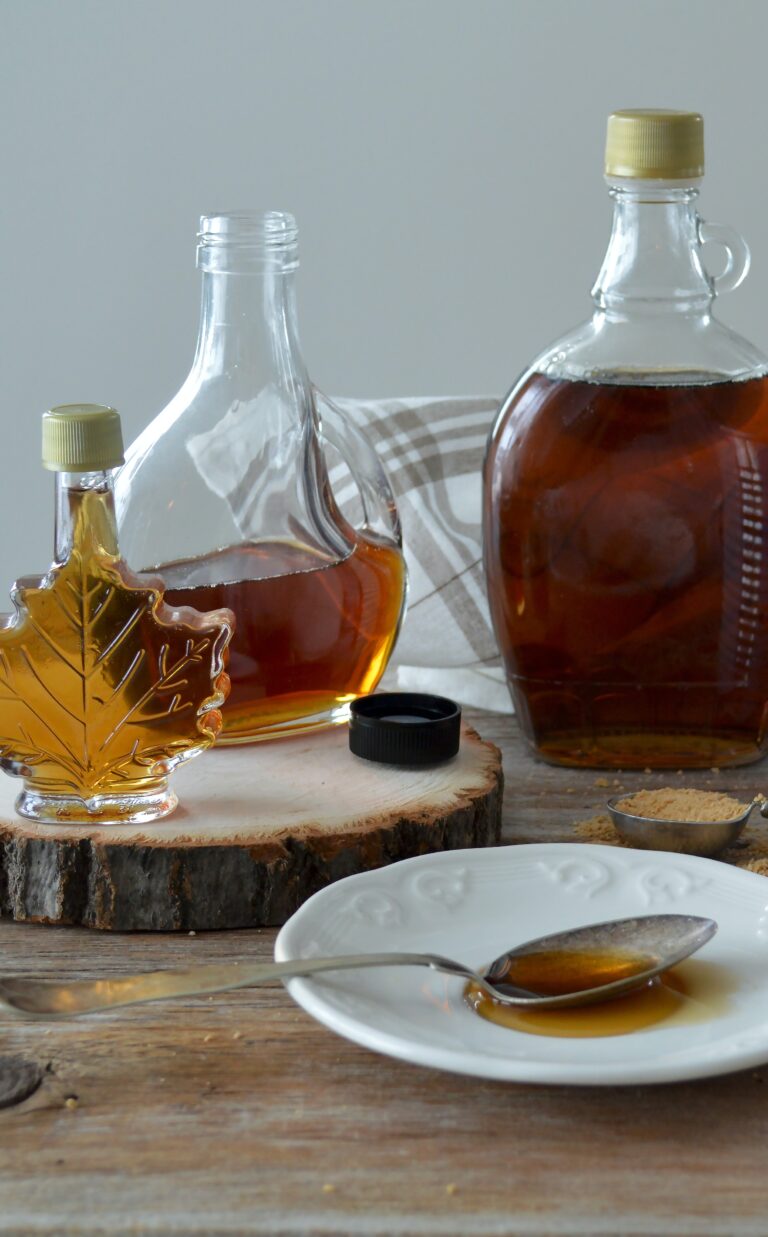



26 Comments